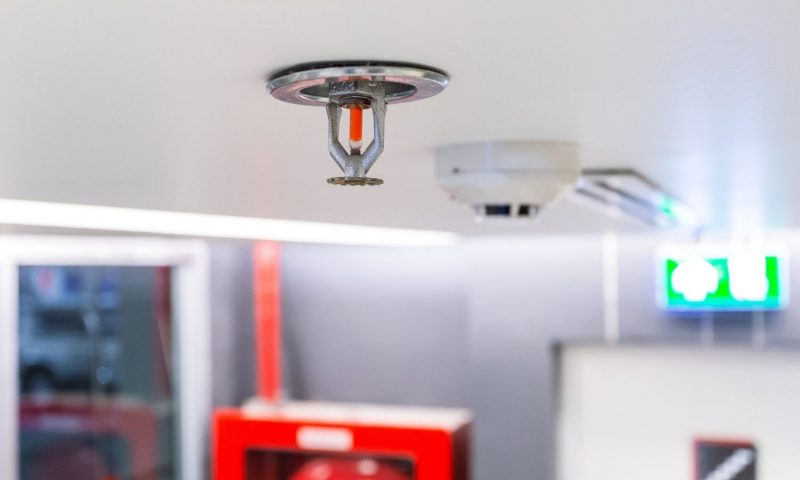These are the key components of fire protection systems. Without any of these elements, people and buildings are at risk of burning in a fire.
Fire protection systems keep people and buildings safe in the direst of times. Since these mechanisms are so essential, it’s important to know what they consist of. Here are the key components of a fire protection systemthat everyone should know.
Detection Devices
We’ve all seen detection devices, whether we realize it or not. These mechanisms are the little red boxes with the words “fire” or “fire alarm” on them. When someone pulls their handles down, the boxes trigger an alarm alerting people that a fire is in the building. You should only pull on the device in a real emergency. People who yank them just for fun could be prosecuted under the law.
Sprinkler System
After a person pulls the detection device, a sprinkler system activates. Essentially, after the turns on the alarm, the system releases pressurized water. A hidden glass component within the system breaks, triggering the water. Most systems activate when a fire is near. So, the water will not spread throughout the entire building, just the area where the fire is.
Backflow Prevention Device
Backflow prevention devices stop the water from building up. When the sprinkler system releases water, the H20 should flow to the property. If it flows backward, contaminants can get into the water supply, affecting what people drink. That’s why it’s important to have these systems on hand.
These are the key components of a fire protection system. Without any of them, buildings can go down, and people can get hurt. Building inspectors need to make sure that these elements exist in every structure. All buildings need to be up to code so that people remain safe. Occupants shouldn’t enter a building until all of these elements are in place. Moreover, structures that don’t have these elements shouldn’t open until they have these things.
